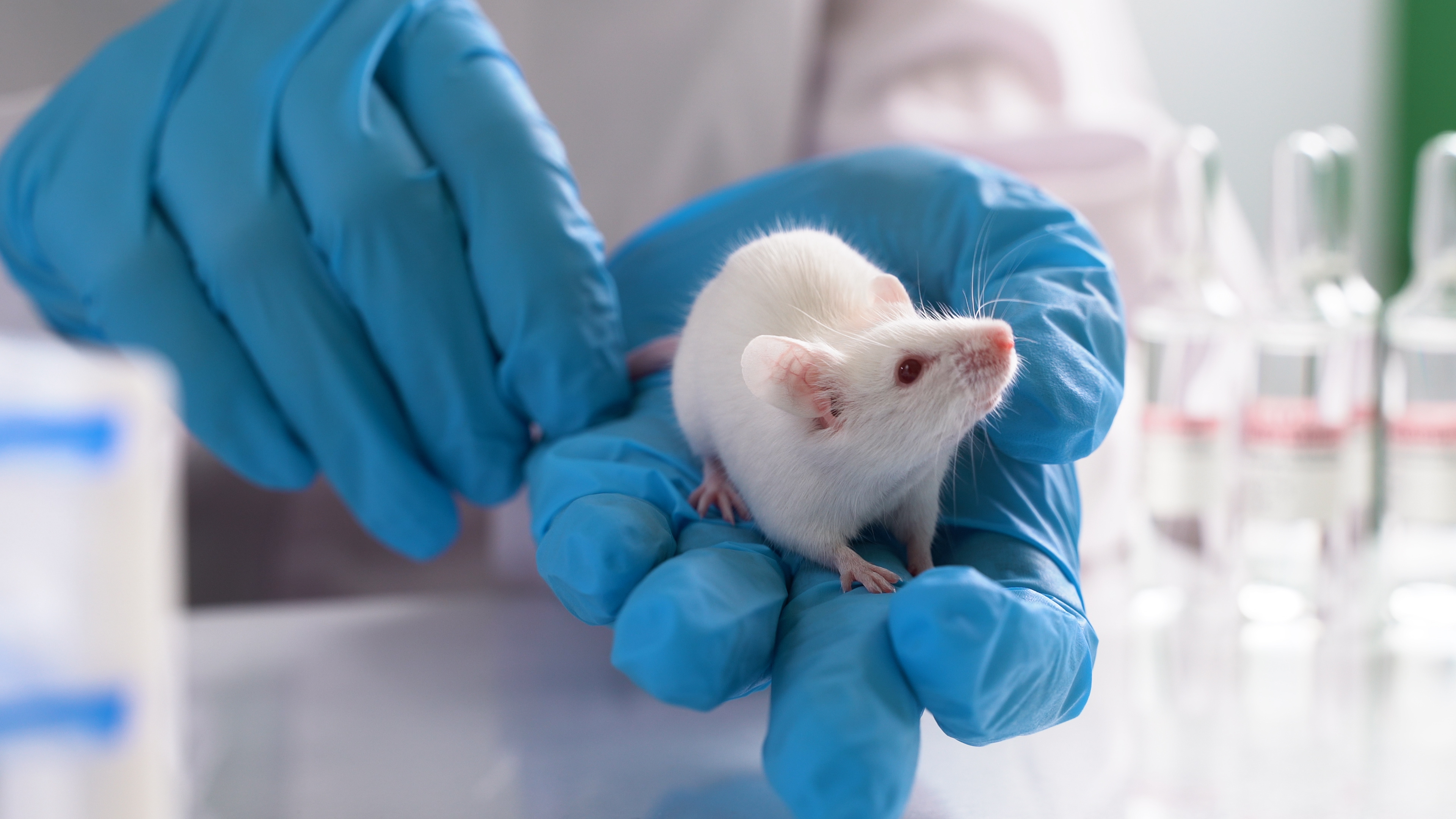Cheetos might look like an appetizing snack to most folks, but scientists have revealed something quite startling about the yellow dye used in this cheesy snack. According to a paper published last month, the yellow dye used in Cheetos is actually capable of turning the skin of mice transparent—at least temporarily. This gave scientists a way to see through their skin and observe their organs while the mice were still living.
If this sounds concerning in any way, that’s because it absolutely is. Not only is eating a lot of the different dyes found in food somewhat cautioned against depending on what country you’re in—Cheetos are actually banned from some countries around the world—but they can also have some adverse effects when studied in a scientific environment.
While turning the skin on mice transparent is an interesting and useful side effect of the yellow dye used in Cheetos, it does raise some questions about just how safe it is to partake in this cheesy snack. But, you’re probably asking yourself, “How in the world does the dye found in a snack food turn the skin of animals transparent?”

Well, the answer to that question comes with a bit of deeper thinking. See, a lot of it has to do with how the skin scatters light when it hits it. Normally, the biological tissues found in the skin scatter the light. You can see this for yourself by grabbing a flashlight and holding it up to your hand. While the light will make your fingers and hand glow, the light scatters, so it doesn’t actually show you a clear view of the bones, muscles, and everything else inside.
However, by adding the yellow dye used in Cheetos to the skin of mice, researchers found that they could actually bypass that scattering and allow them to see deeper. Whether or not this would also let them see the same on human skin is unclear. But, even if it doesn’t, being able to look deeper into the organs within mice while they are still alive will at least help us learn more about them as a whole and maybe even help us understand how medications can help mice live longer.








